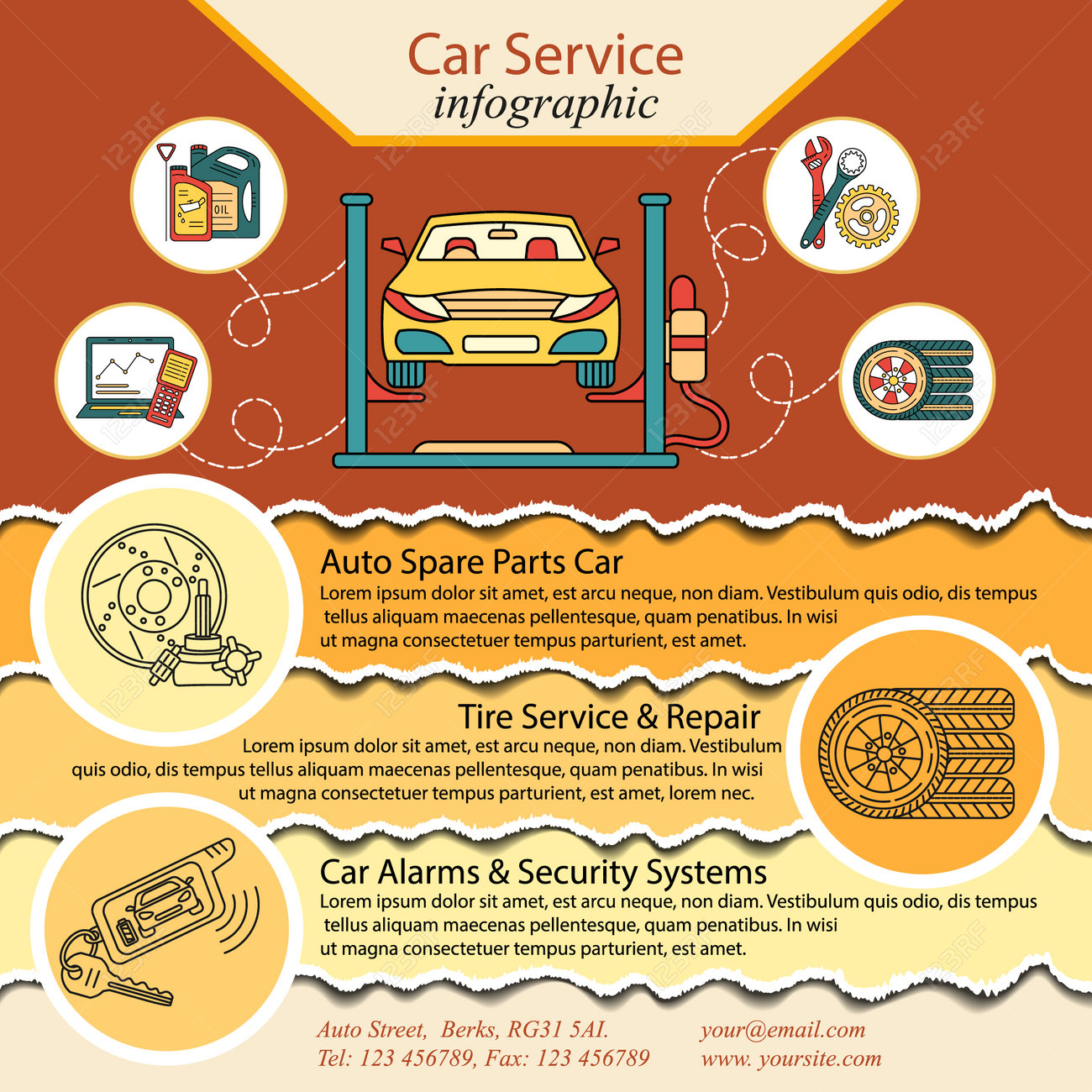Comprehending The Significance Of Your Car'S Warning Signals: What They Really Represent
Comprehending The Significance Of Your Car'S Warning Signals: What They Really Represent
Blog Article
Post By-Higgins Winters
When you're behind the wheel, those beautiful warning lights on your control panel can be a little bit difficult. Do you know what they're trying to tell you about your cars and truck's health and wellness? Understanding the value of these lights is essential for your safety and the long life of your car. So, https://oilchangepricesnearme40628.buyoutblog.com/32142095/evaluate-your-lorry-s-demands-to-locate-the-ideal-cars-and-truck-describing-service-for-you-but-which-variables-will-truly-influence-your-decision among those lights turns up, would not you want to analyze its message properly and take the necessary actions to address it?
Common Caution Lights and Interpretations
Recognize typical caution lights in your auto and understand their significances to make certain safe driving.
The most typical caution lights consist of the check engine light, which indicates problems with the engine or emissions system. If visit the up coming article begins, it's essential to have your lorry checked promptly.
The oil stress warning light shows low oil stress, calling for immediate interest to avoid engine damages.
A blinking battery light may recommend a malfunctioning billing system, potentially leaving you stranded otherwise dealt with.
The tire pressure tracking system (TPMS) light alerts you to low tire stress, impacting vehicle security and gas effectiveness. Neglecting this could cause hazardous driving problems.
The ABS light indicates an issue with the anti-lock braking system, jeopardizing your capability to quit promptly in emergencies.
Lastly, https://www.wesh.com/article/finding-the-right-auto-mechanic-for-your-car/37669216 advising light warns of engine getting too hot, which can lead to severe damages otherwise settled promptly.
Recognizing these common caution lights will certainly assist you resolve concerns quickly and preserve risk-free driving problems.
Significance of Prompt Attention
Recognizing the usual caution lights in your auto is just the first step; the value of without delay addressing these warnings can not be emphasized enough to ensure your safety when driving.
When a caution light brightens on your dashboard, it's your automobile's means of connecting a potential concern that needs interest. Overlooking https://trevoridyto.targetblogs.com/32627304/extremely-hassle-free-mobile-vehicle-describing-solutions-not-just-save-you-money-and-time-yet-likewise-boost-your-vehicle-s-longevity-discover-how-they-can-change-your-routine can cause more serious troubles in the future, endangering your safety and potentially costing you a lot more out of commission.
Motivate interest to alerting lights can protect against breakdowns and crashes. For example, a blinking check engine light can show a misfire that, if left unattended, could trigger damages to the catalytic converter. Addressing this quickly can conserve you from a costly repair service.
Similarly, a brake system cautioning light might indicate reduced brake fluid or used brake pads, crucial elements for your safety when driving.
Do It Yourself Troubleshooting Tips
If you discover a warning light on your dashboard, there are a couple of do it yourself troubleshooting tips you can attempt before looking for specialist help.
The initial step is to consult your automobile's handbook to recognize what the certain warning light indicates. In some cases the concern can be as simple as a loose gas cap triggering the check engine light. Tightening up the gas cap might fix the trouble.
An additional usual problem is a low battery, which can cause numerous cautioning lights. Inspecting the battery connections for rust and guaranteeing they're safe could deal with the problem.
If a caution light lingers, you can try resetting it by separating the car's battery for a few mins and after that reconnecting it. In addition, examining your car's fluid levels, such as oil, coolant, and brake liquid, can aid troubleshoot alerting lights associated with these systems.
Final thought
Finally, understanding your car's caution lights is vital for maintaining your car running smoothly and securely. By immediately addressing these informs and understanding what they suggest, you can avoid pricey fixings and possible malfunctions.
Bear in mind to consult your car's manual for certain information on each cautioning light and take action accordingly to make certain a hassle-free driving experience.
Keep informed, stay safe on the road!
